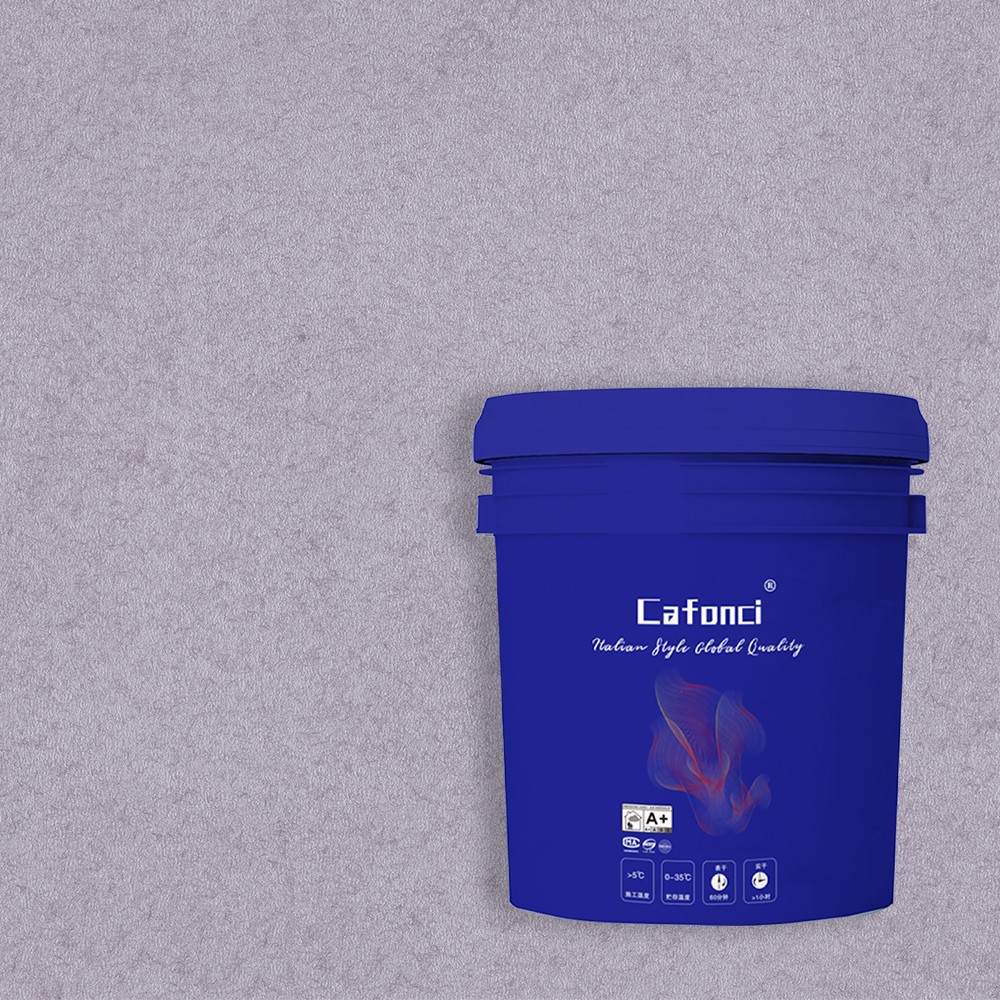Textured walls, once a popular design choice for adding depth and hiding imperfections, can now feel outdated or impractical in modern homes. From popcorn ceilings to orange peel or knockdown textures, these surfaces often collect dust, are hard to clean, and limit decorating options—think wallpaper, bold paint colors, or minimalist designs that require a smooth base. If you’re looking to refresh your space without the cost of full wall replacement, skim coating is a budget-friendly, DIY-friendly solution. This technique involves applying a thin layer of joint compound (drywall mud) over the textured surface to create a flat, even finish, transforming your walls from rough to refined.

So, what exactly is skim coating? Unlike heavy drywall repair, skim coating is a lightweight process that uses a thin, creamy layer of drywall compound to fill in the valleys and peaks of textured walls. It’s not about removing the texture entirely but rather smoothing it out to create a uniform surface. This makes it ideal for DIYers with basic handyman skills, as it requires fewer tools and less physical labor than stripping or replacing drywall.
Why choose skim coating over other methods? For starters, it’s cost-effective. Stripping textured walls often involves harsh chemicals or professional sanding, which can be expensive and messy. Skim coating, by contrast, uses affordable materials like premixed drywall compound and basic tools. It’s also versatile: whether you want a completely smooth finish or a subtle, eggshell-like texture, skim coating can be adjusted to match your vision. Additionally, smooth walls are easier to maintain—dust wipes away with a cloth, and touch-ups are simpler than on textured surfaces. Finally, a smooth wall finish can boost your home’s resale value, as modern buyers often prefer clean, neutral backdrops.
Before diving in, preparation is key. Gather your tools and materials first: you’ll need a bucket of all-purpose drywall compound (ready-mix or powder, depending on your preference), a 12-inch drywall trowel (for large, even spreads), a 6-inch taping knife (for edges and corners), fine-grit sandpaper (120-220 grit), a sanding block or pole sander, a damp sponge, painter’s tape, drop cloths, and a primer designed for drywall.
Next, prep the wall itself. Start by cleaning the surface thoroughly—dust, grease, or grime will prevent the compound from adhering. Use a vacuum with a brush attachment to remove loose debris, then wipe with a damp sponge. Inspect for damage: fill small cracks or holes with spackle, and sand down any sharp凸起 (like nail heads or dried paint drips) until they’re flush with the wall. For heavily textured walls (e.g., popcorn), consider lightly sanding the highest peaks first to reduce the amount of compound needed—this step saves time and prevents thick, uneven layers.
Now, onto the skim coating process. Mix your drywall compound to a creamy consistency—think thick pancake batter. If using powder, gradually add water and stir until smooth; avoid lumps, as they’ll show through the finish. Start with a small section (3x3 feet) to practice your technique. Load the trowel with compound, holding it at a 45-degree angle to the wall. Apply a thin, even layer, working in long, overlapping strokes from top to bottom. Keep the layer thin—about 1/8 inch—to prevent cracking or sagging as it dries.
Allow the first coat to dry completely. Drying time depends on humidity and temperature; in average conditions, this takes 24 hours. Once dry, sand the surface lightly with 120-grit sandpaper to smooth out ridges or uneven spots. Use a sanding block for flat areas and a folded piece of sandpaper for corners. Wipe away dust with a damp sponge to prepare for the second coat.
The second coat is where you’ll refine the finish. Apply another thin layer, this time using slightly shorter strokes to fill in any remaining imperfections from the first coat. Focus on blending edges to avoid visible seams. Let this coat dry for another 24 hours, then sand with 220-grit sandpaper for a ultra-smooth feel. For a perfectly flat finish, some DIYers add a third light coat, but two coats are usually sufficient for most homes.
Common pitfalls to avoid: bubbles in the compound, often caused by trapped air—pop them with a utility knife and fill the hole before sanding. Uneven thickness can lead to patchy drying; keep strokes consistent. Rushing the drying process with fans or heaters can cause cracking—patience is key here.
Once the walls are smooth and sanded, apply a coat of drywall primer to seal the compound and ensure paint adheres evenly. After priming, you’re ready to paint, wallpaper, or leave the walls bare for a sleek, modern look.
Skim coating textured walls is a rewarding project that transforms dated surfaces into clean, versatile backdrops. With the right tools, patience, and attention to detail, you can achieve professional-quality results without hiring a contractor. Say goodbye to dusty, outdated textures and hello to a smooth, fresh space that complements your style.


